Wire rope and cable can come in a huge variety of forms, but coiled cables specifically provide the benefits of easy storage and tidiness. Unlike other wire ropes, coiled cables do not require a spool for storage. Because it has been coiled, the cable will automatically retract into its spring-like shape when it is not in use, making it incredibly easy to handle. Read More…
As leading innovative wire rope manufacturers, Bergen Cable Technology has been providing engineering assistance for well over half a century, helping customers develop cost effective, durable solutions.

Lexco is an ISO:9001 manufacturer of wire rope, cable, and bungee cord assemblies; and push-pull controls. Our in-house capabilities range from swaging and extrusions to die-casting, proof-loading, and CNC machining. Lexco Cable is proud to serve a diverse set of markets including military, aerospace, OEM, MRO, marine, architectural, and more. Contact us today.

At Kennedy Wire Rope & Sling Company, we take pride in being a trusted source for high-performance wire ropes that keep industries moving safely and efficiently. We engineer and supply wire rope solutions that meet the rigorous demands of lifting, rigging, and load-handling applications across construction, marine, energy, and industrial markets.

Aero Assemblies, Incorporated strives to make every effort, as dedicated wire rope manufacturers, to maximize product value throughout the manufacturing process.

At Zauderer Associates, Inc., we specialize in providing high-quality wire rope solutions designed for durability, safety, and reliability across diverse industries. With extensive experience and technical expertise, we offer a comprehensive range of wire ropes tailored to meet rigorous performance requirements.

More Coiled Cable Manufacturers
Like other wire ropes, cables are made up of strands, and each strand is made up of smaller metal wires. Each cable can be customized to fit the needs of a given application by using a different number of wires, a different number of strands, and different materials.
Strands are usually made from wire bundles with seven, thirteen, and nineteen wires because a circular configuration can be achieved easily with these bundle sizes. For example, a strand of seven wires is made from a single central wire surrounded by six wires.
In the same way, cables are also commonly made with seven, thirteen, and nineteen strands. Other configurations are possible, and many cables will use other materials within the cable, such as a fiber core instead of a central wire strand.
The number of wires and strands has a significant impact on the strength and durability of the cable. Typically, a larger number of wires will help increase the cable's resistance to fatigue, allowing the cable to hold heavier loads for prolonged periods of time. A larger number of wires also improves the flexibility of the cable.
Additionally, larger wire diameter increases the cable's resistance to abrasion and crushing, making it more durable and less likely to break due to wear. However, thicker wires will also reduce the flexibility of the cable.
Therefore, it is incredibly important to consider which aspects of the cable are most important for your application.
In order for a cable to be coiled, it must be fairly flexible, so most coiled cables are constructed from thinner wires. This means that coiled cables are often more susceptible to wear and tear from heavy use or exposure to larger forces. For this reason, coiled cables are more frequently utilized in commercial and personal applications as opposed to heavy duty industrial applications.
Security applications are possibly the most common uses for coiled cables. Wire ropes can be equipped with a variety of end fittings, including locking mechanisms. Bicycle locks are a common example of coiled cable use. The cable can be wrapped around the bicycle and a large permanent structure, such as a bike rack, with the ends of the cable locked together. They also coil up into a relatively small size, which makes them easy to transport as you move from place to place.






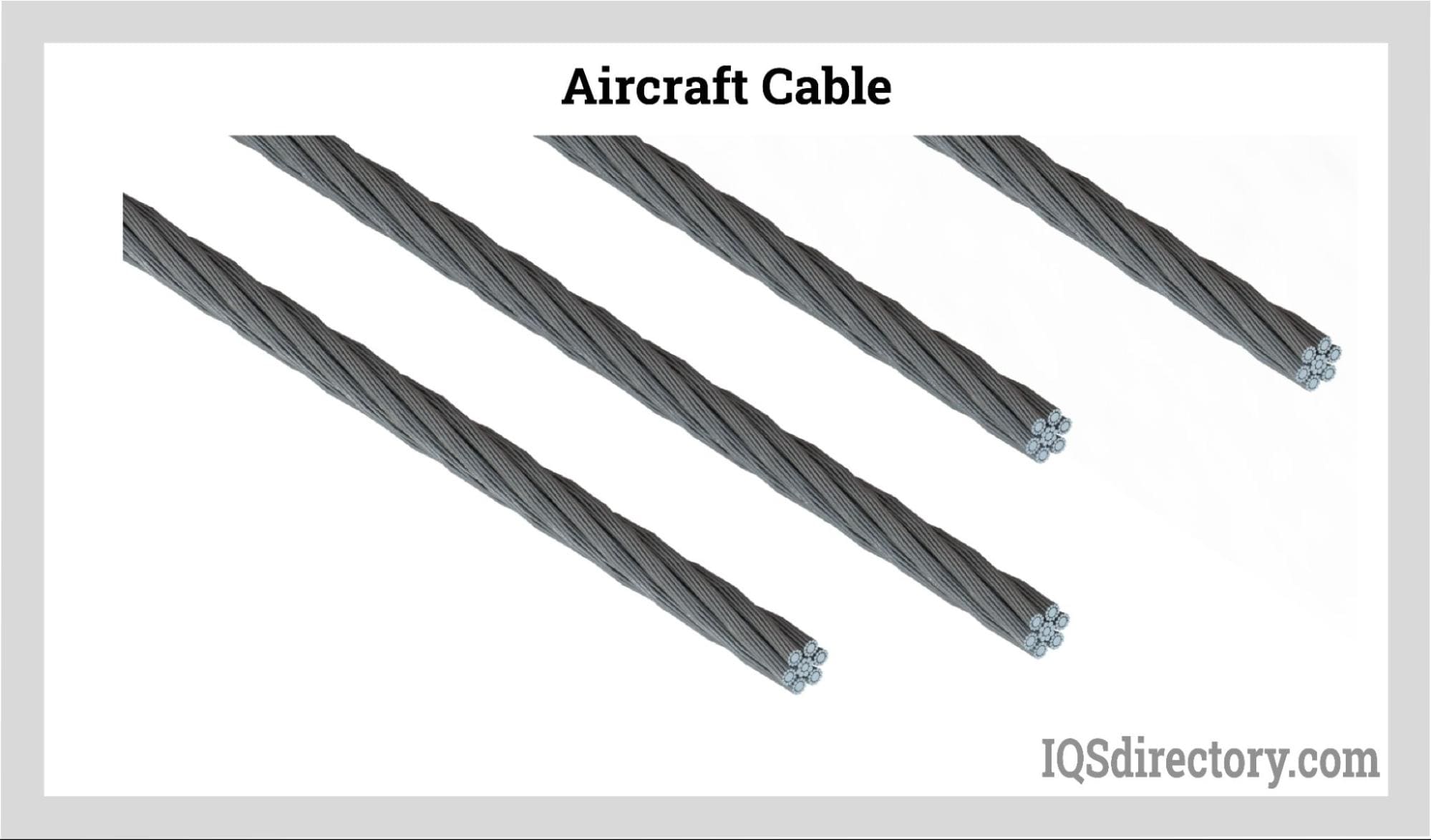
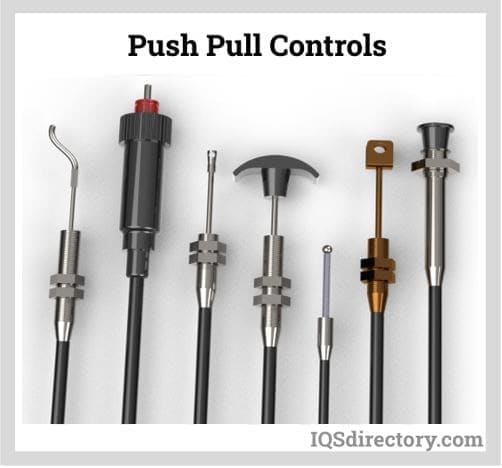
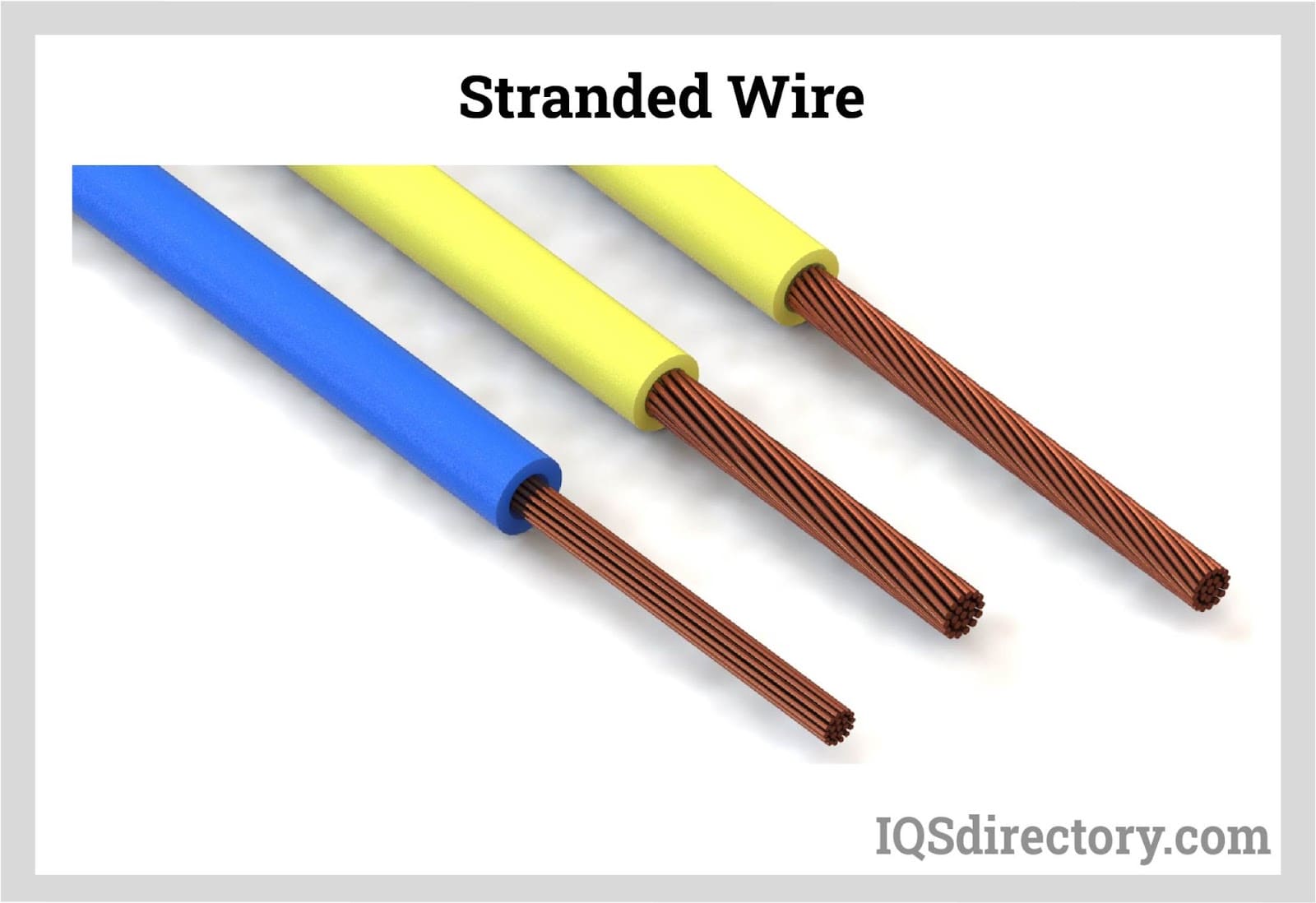
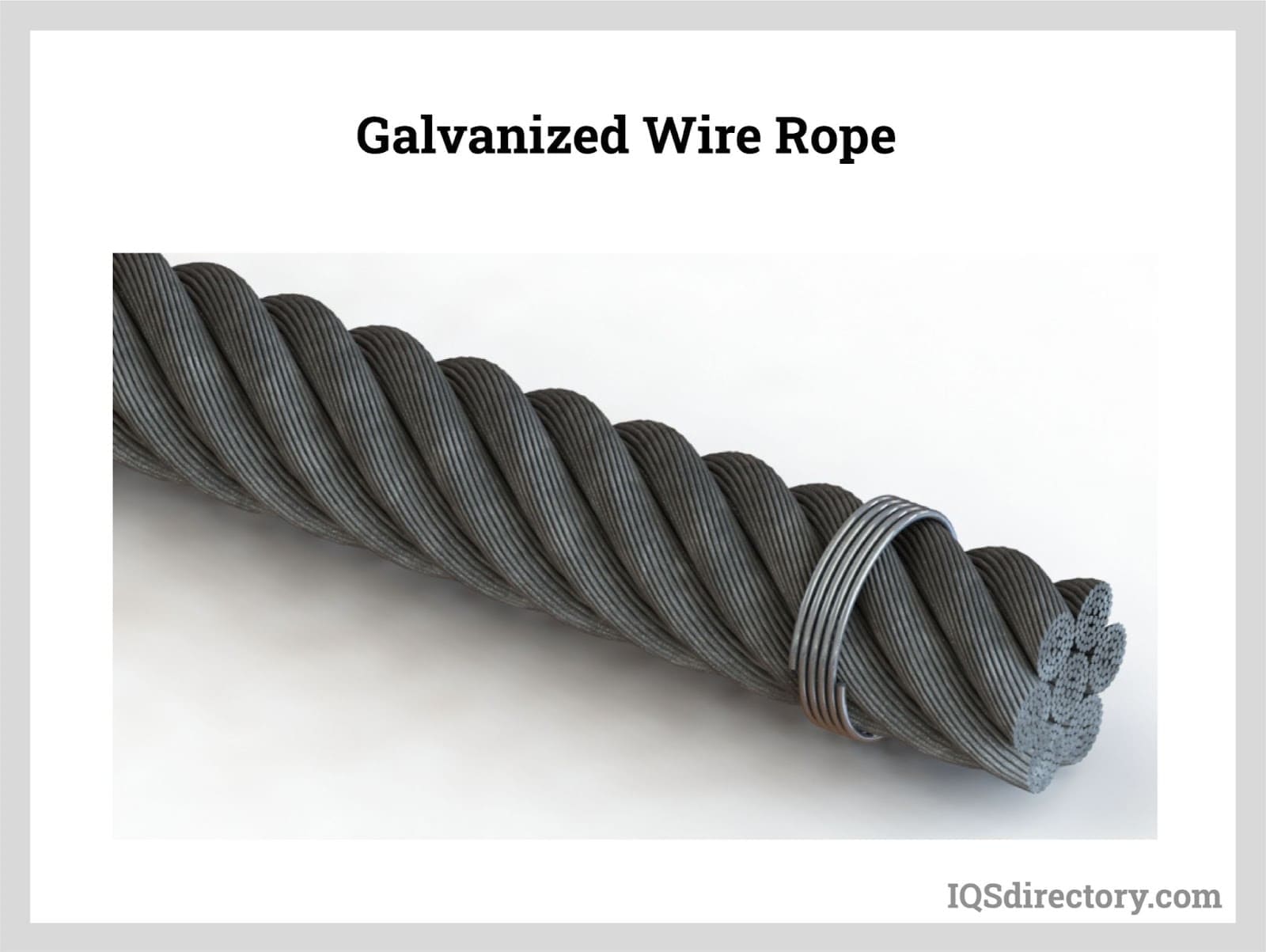

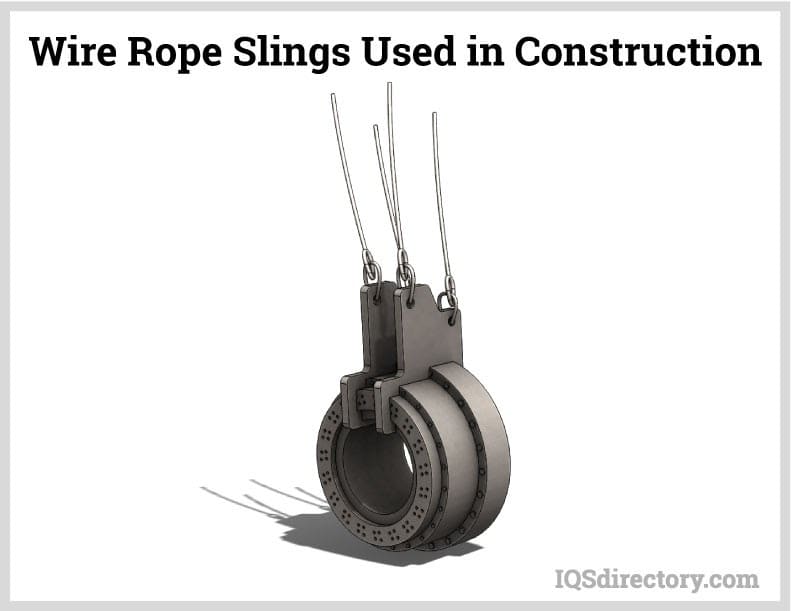
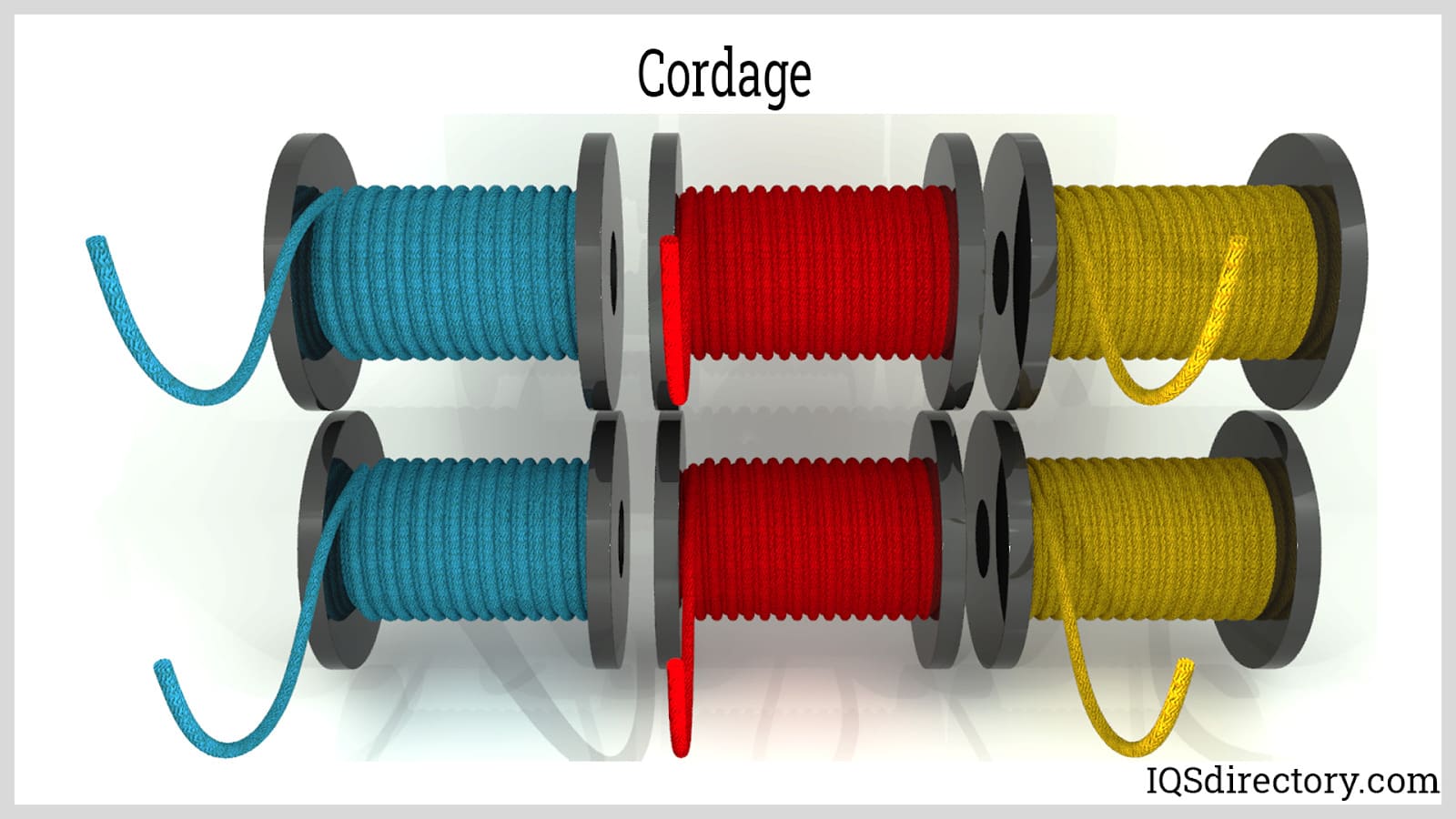
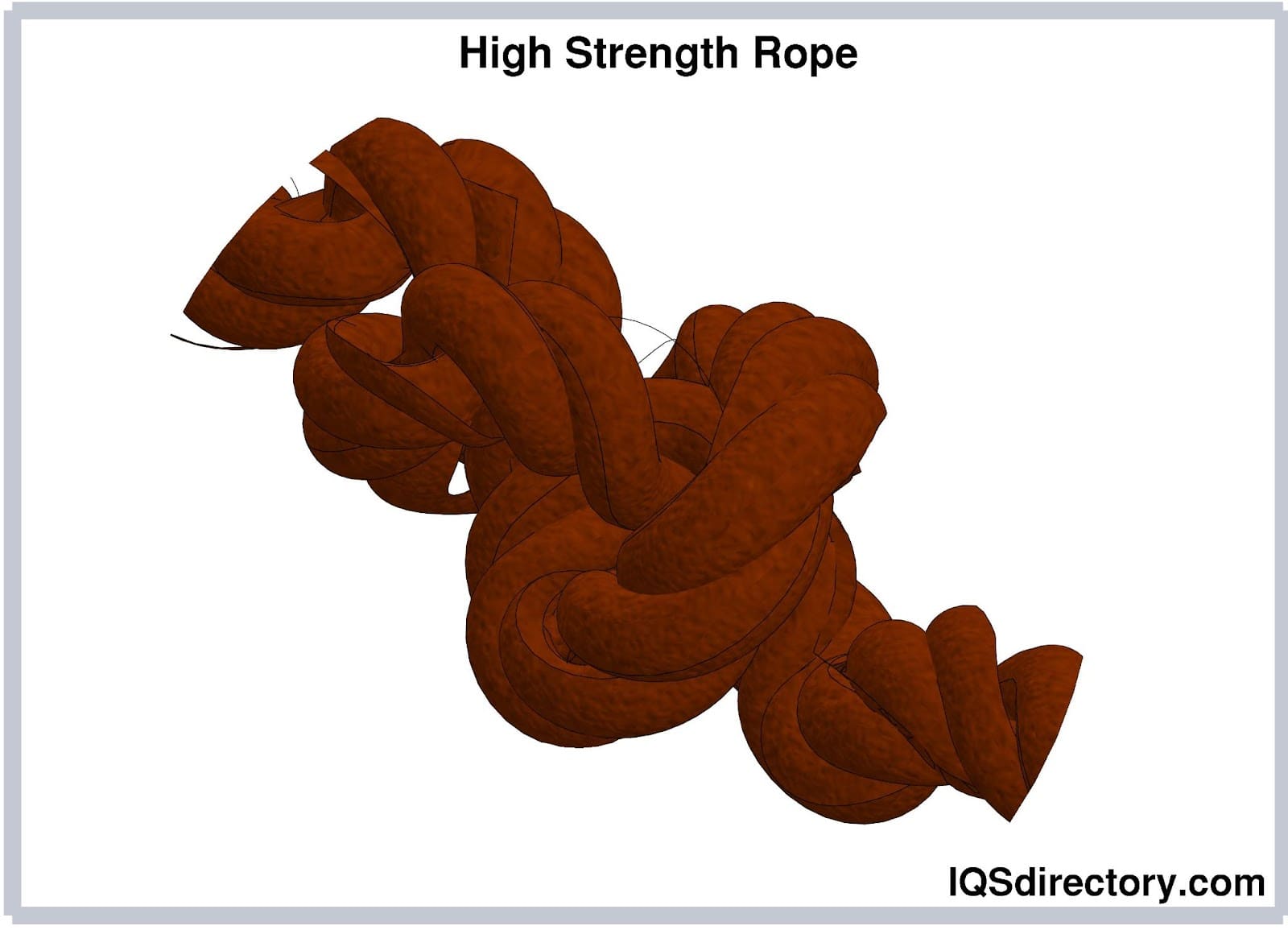
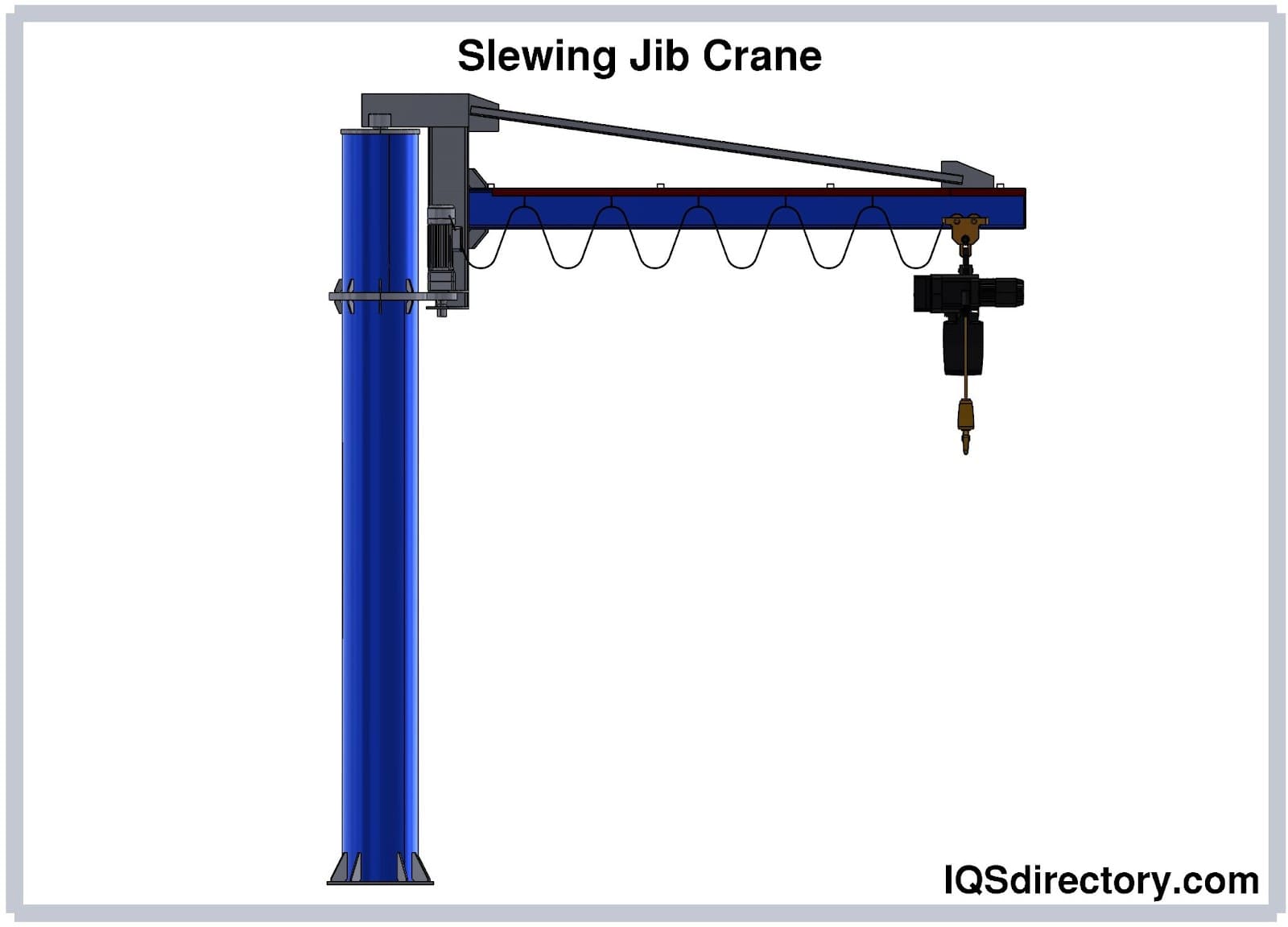
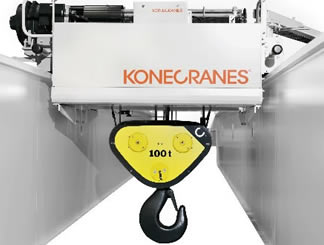 Cranes
Cranes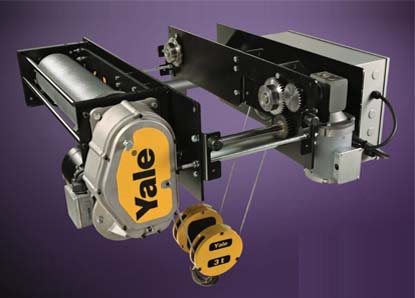 Electric Hoists
Electric Hoists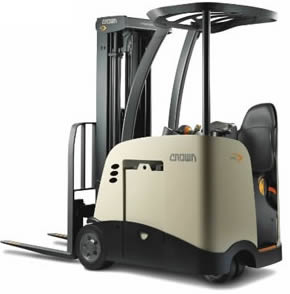 Forklifts
Forklifts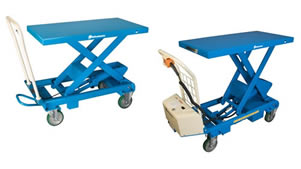 Hydraulic Lifts
Hydraulic Lifts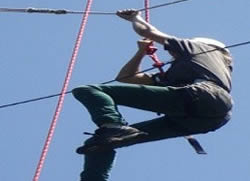 Rope
Rope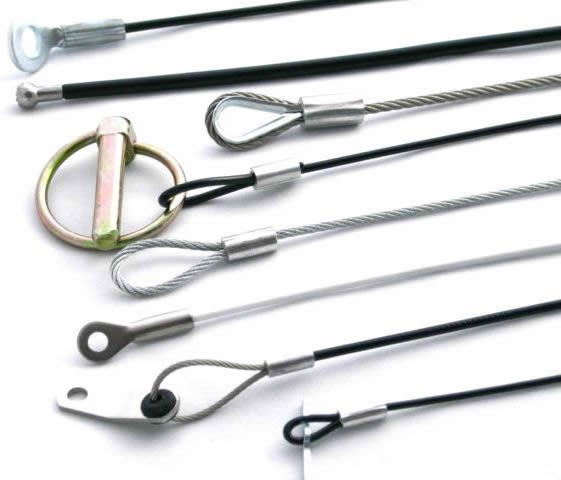 Wire Rope
Wire Rope Castings & Forgings
Castings & Forgings Bulk Material Handling
Bulk Material Handling Electrical & Electronic Components
Electrical & Electronic Components Flow Instrumentation
Flow Instrumentation Hardware
Hardware Material Handling Equipment
Material Handling Equipment Metal Cutting Services
Metal Cutting Services Metal Forming Services
Metal Forming Services Metal Suppliers
Metal Suppliers Motion Control Products
Motion Control Products Plant & Facility Equipment
Plant & Facility Equipment Plant & Facility Supplies
Plant & Facility Supplies Plastic Molding Processes
Plastic Molding Processes Pumps & Valves
Pumps & Valves Recycling Equipment
Recycling Equipment Rubber Products & Services
Rubber Products & Services